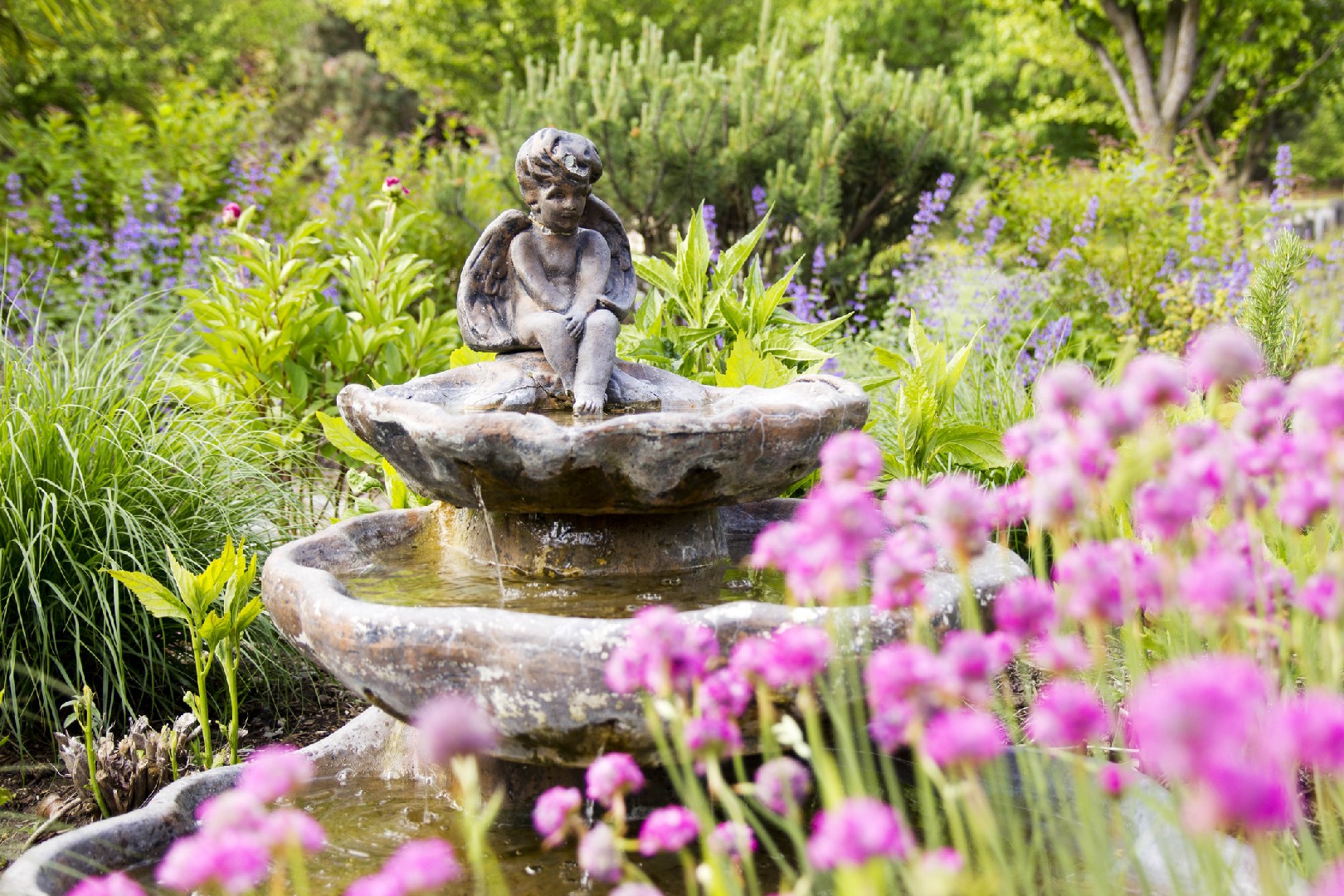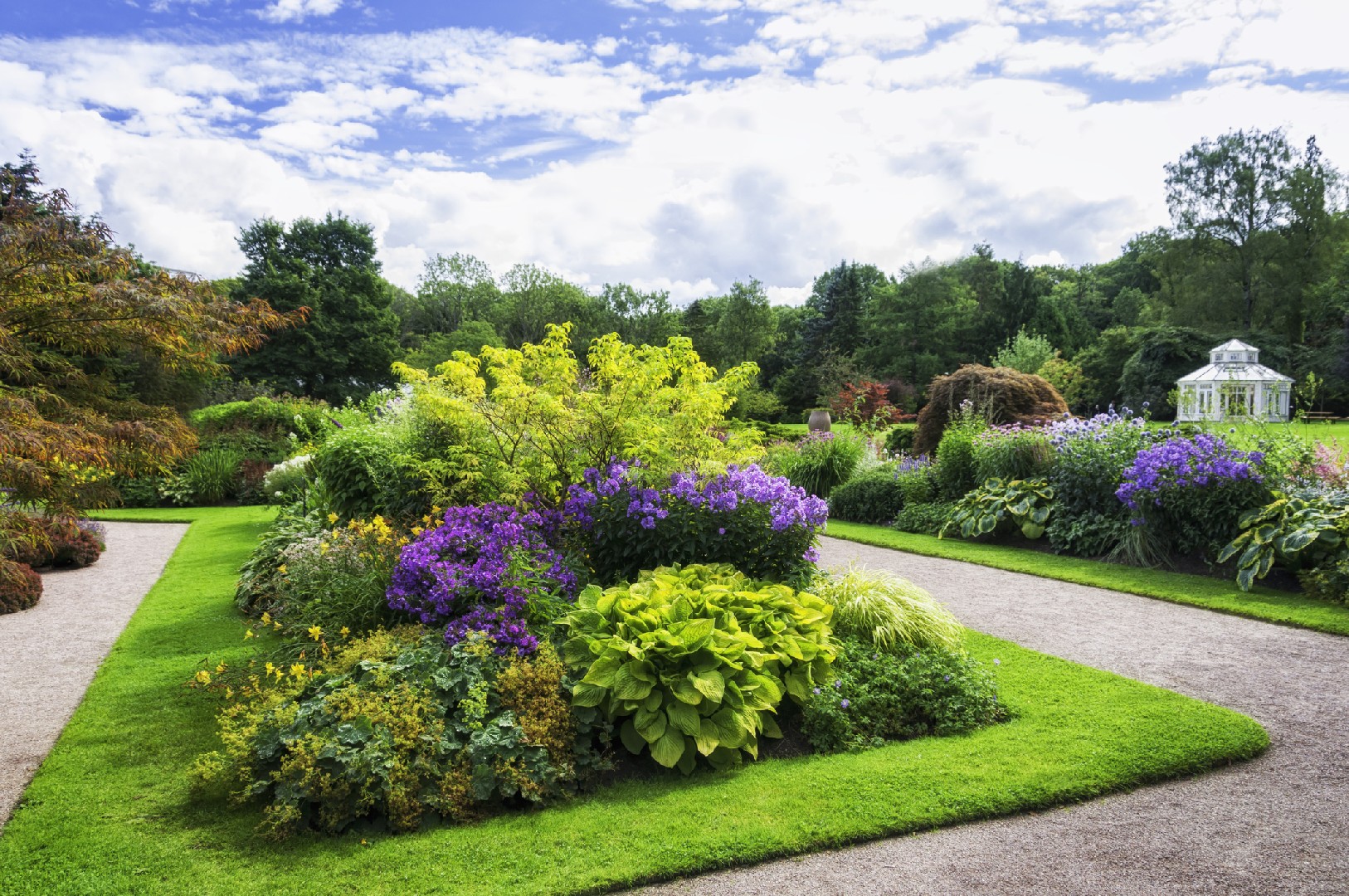![Rectangle]()
Using Hardscape to Introduce Texture
When it comes to garden design, texture plays a crucial role in creating contrast and visual interest. One way to introduce texture into your garden is by incorporating hardscape elements. Hardscape refers to the non-living elements in a garden such as paths, walls, and structures, and it is a great way to add variety and depth to your outdoor space.
There are various materials you can use for hardscape that offer different textures. Wood, for example, brings a warm and natural feel to your garden. The rough texture of weathered wood can create a rustic and inviting atmosphere. Consider using wood for decks or fences to add both beauty and texture to your outdoor area.
Stone is another material that can introduce texture into your garden. The rough, uneven surfaces of natural stones create a visually interesting contrast against the softness of plants and flowers. You can use stones to create pathways, retaining walls, or even a decorative stone sculpture. The possibilities are endless when it comes to incorporating stone into your hardscape design.
Metal is a popular material in modern garden design, and it can also introduce texture into your outdoor space. You can choose from a wide range of metal textures, from smooth and sleek to rugged and industrial. Consider using metal for garden furniture, sculptures, or decorative elements like metal panels or screens. The reflective surfaces of metal can create an interesting play of light and shadows, adding depth and visual appeal to your garden.
Gravel is another material that can add texture to your hardscape design. The coarse texture of gravel creates a visually interesting contrast and can be used for pathways, driveways, or as a mulch for your plant beds. Gravel is also a practical choice as it helps with drainage and prevents weed growth.
When incorporating hardscape elements with different textures into your garden, it's important to consider how they will interact with the rest of your space. The textures of hardscape elements can greatly influence the overall aesthetic of your garden. For example, if you want a more natural and rustic look, wood and stone may be the best choices. On the other hand, if you prefer a more modern and sleek look, metal and gravel may be more suitable.
In conclusion, using hardscape elements with different textures is a great way to add depth, variety, and visual interest to your garden design. Experiment with materials such as wood, stone, metal, and gravel to create a unique and engaging outdoor space. Consider the overall aesthetic you want to achieve and choose hardscape textures that align with your vision. By incorporating texture into your garden design, you'll create a visually stunning and captivating outdoor environment that you can enjoy for years to come.





